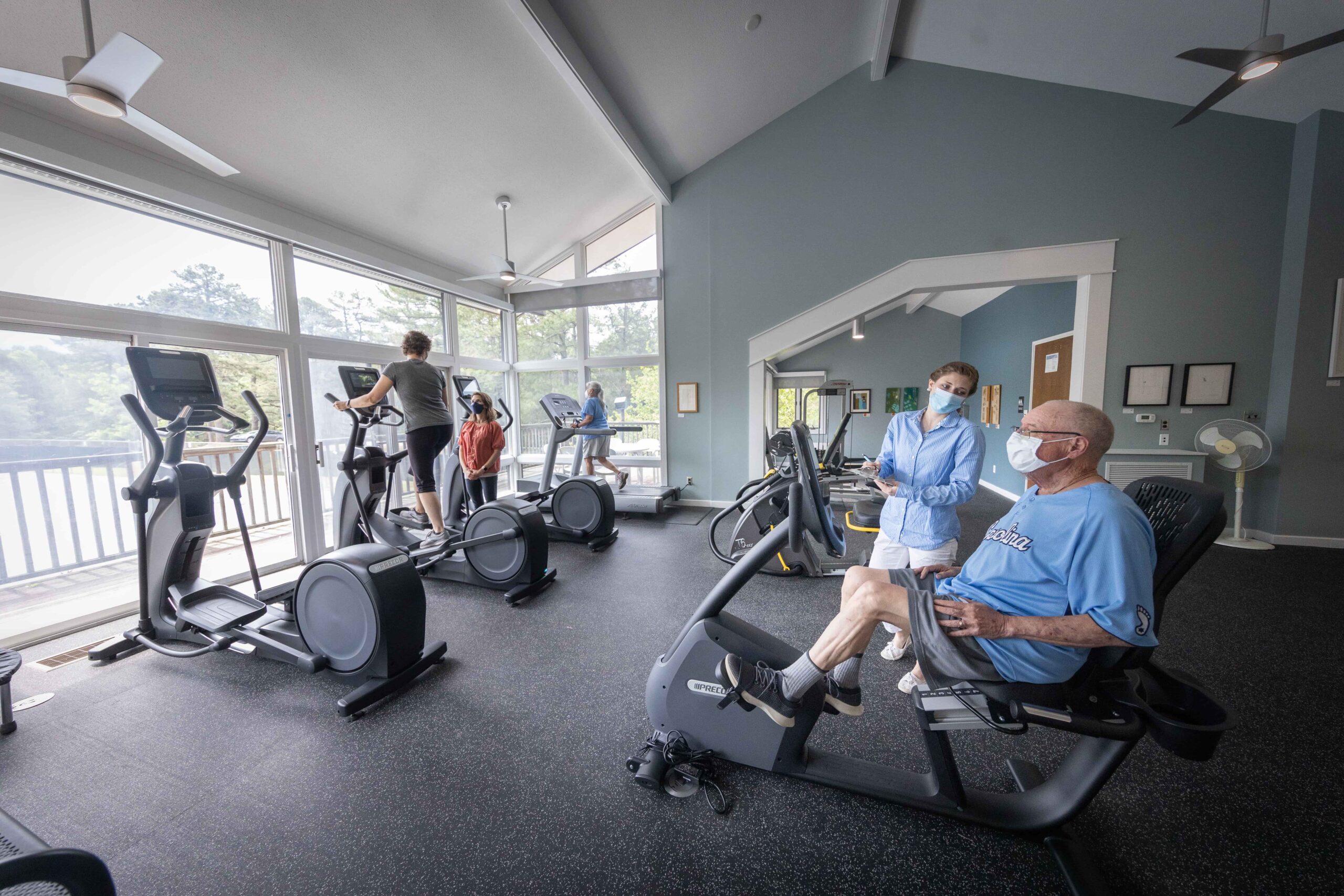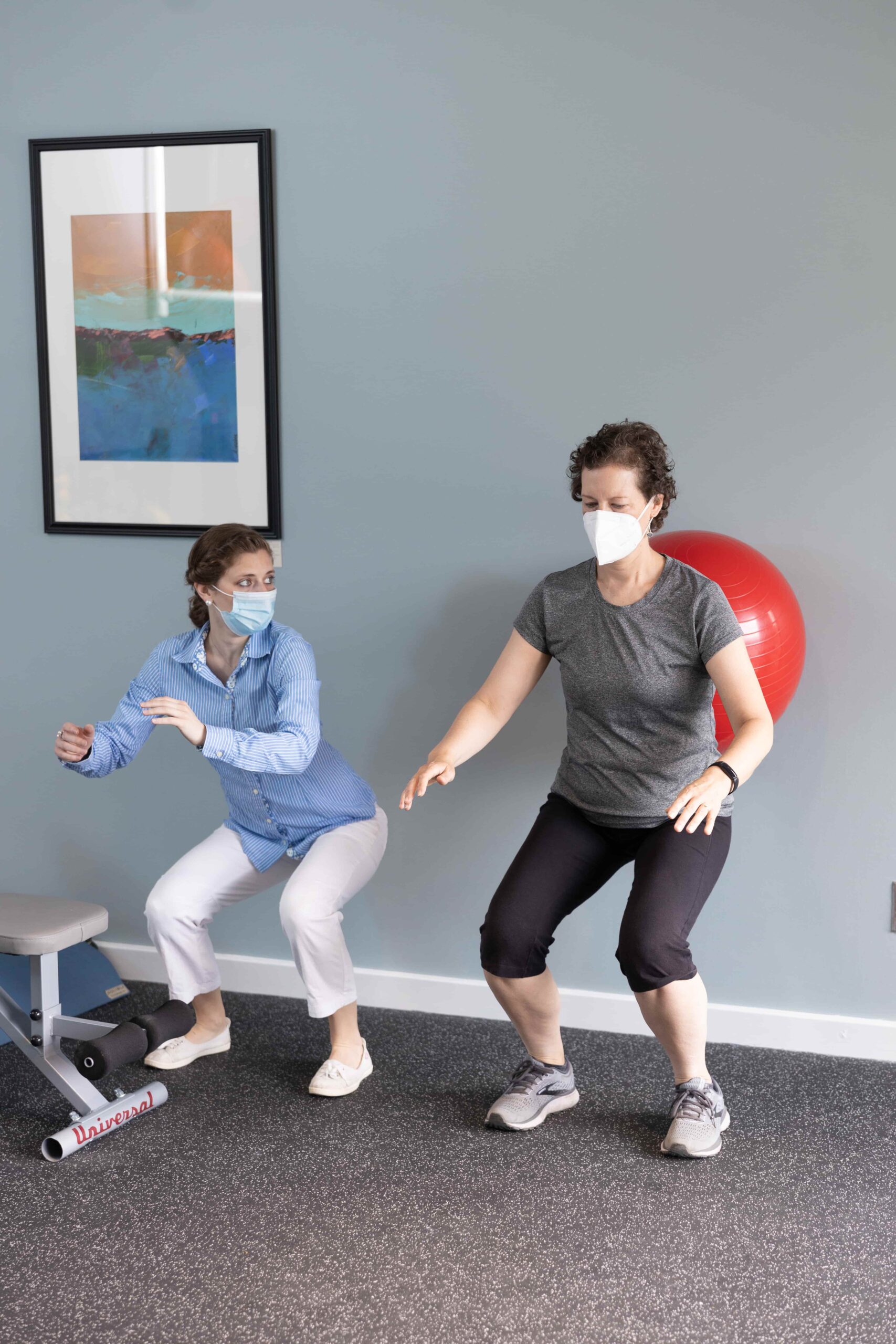About
Get Real & Heel is a unique program designed to serve cancer patients in North Carolina. Get Real & Heel integrates individualized prescriptive exercise administered in small groups to provide a program that strengthens your body and mind.
We’ll develop an individualized plan that will help you manage cancer treatment related symptoms and help you increase your chances of survivorship while increasing your quality of life.
Thanks to the UNC Lineberger Comprehensive Cancer Support Program and individual donations, we are able to provide this program for free.
Be active in your fight against cancer. Talk to your physician and review enrollment eligibility to see if the Get Real & Heel program is right for you!
Get Real & Heel Programs
In Person Program

Participants in the Get Real & Heel program will be a part of an exercise therapy program 3 times per week for a period of 12 weeks.
The exercise program may include:
- Cardiovascular activities on various types of aerobic exercise equipment
- Weight training
- Flexibility exercises (including specific exercises to regain surgical side shoulder range-of-motion)
- Balance training
Remote Program
Our remote program offers the same exercise elements as the in-person program, just offered via zoom. We meet daily and also provide access to a workout library for you to use anytime. The remote program is perfect for people who are unable to attend our in-person program due to location, work schedule, or time constraints.
You are welcome to utilize both aspects of our program during your participation.
Why Exercise?
The acute and chronic side effects usually associated with the diagnosis and the administration of cancer treatments has increasingly gained attention in the oncology arena. The medical community has begun to recognize the importance of using complementary forms of therapy to alleviate some of the side-effects produced by cancer treatments.

A debilitative state of fatigue is among the most common side-effects experienced by upwards of 72% of all cancer patients undergoing cancer treatment. Other prevalent side-effects include pain, loss of muscle mass, loss of strength, depression, nausea, and shortness of breath which alone or in combination decreases the functionality of patients, thus diminishing overall quality of life.
While the trend in oncology is to address some of these symptoms with the administration of pharmacological treatments, some of these strategies provide only temporary relief.
Complementary alternative therapies such as exercise have received attention for their ability to complement symptom management strategies currently used by oncology physicians.
Research has shown that when administered prior, during, and post cancer treatment, exercise has assisted patients significantly decrease fatigue, improve strength and endurance, conserve muscle mass, improve metabolism, improve stress management, improve heart rate coherence and heart rate variability, and develop effective coping skills. In turn, individuals are likely to feel better physically and emotionally.